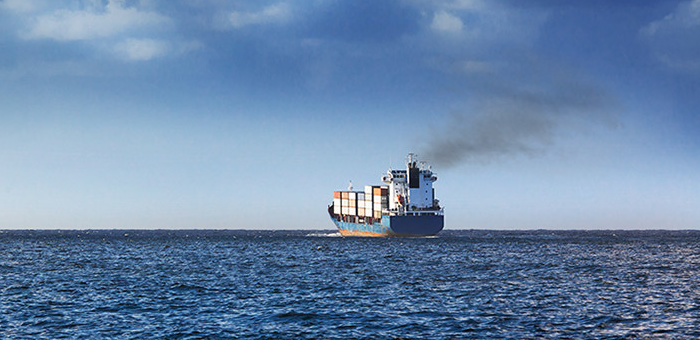Commenting the result of the IMO MEPC 72 meeting in London last week, Gibson said that IMO is “stuck between a rock and a hard place”, as whatever action IMO decides, it will be criticised.
Two issues will be in focus: How will IMO implement the reduction of carbon emissions and what will be the timetable for this implementation? A 50-100% reduction in GHG between 2050 or 2060 is under consideration, welcomed by many.
However, Europe is pushing for an emission reduction target of between 50-70% by 2030 and up to 100% by 2050. Even before MEPC 72 decided the GHG reduction, members of the European Parliament (MEPs) said that, if the IMO takes a “too lame” approach, then Europe will very likely take independent measures.
[smlsubform prepend=”GET THE SAFETY4SEA IN YOUR INBOX!” showname=false emailtxt=”” emailholder=”Enter your email address” showsubmit=true submittxt=”Submit” jsthanks=false thankyou=”Thank you for subscribing to our mailing list”]
This would not be the first time that the Europe does such a thing. In July 2003, the European Parliament introduced into EU law the accelerated phase-out of single hull tankers ahead to the IMO timetable.
Gibson noted that shipping remains the most environmentally efficient method to trade:
Emissions from shipping continue to move lower through better designs and advances in engine technology. At the same time, the size of the global fleet is increasing as is seaborne trade. Ship owners have often been accused of being slow to react to change but have usually met the challenges, frequently during difficult markets, such as we are seeing now.
In order to meet more ambitious emissions target such as 50-70% by 2030 as proposed, greater energy saving ships are important. Moreover, newer ship designs and greater emissions targets from the engine manufacturers are needed.
Gibson concluded by saying that:
The development of alternative fuels is still in its infancy and, whilst we have seen a considerable rise in “LNG ready” tonnage, concerns about availability and entry costs are still an obstacle.
See the full report by Gibson, in the following PDF





























































